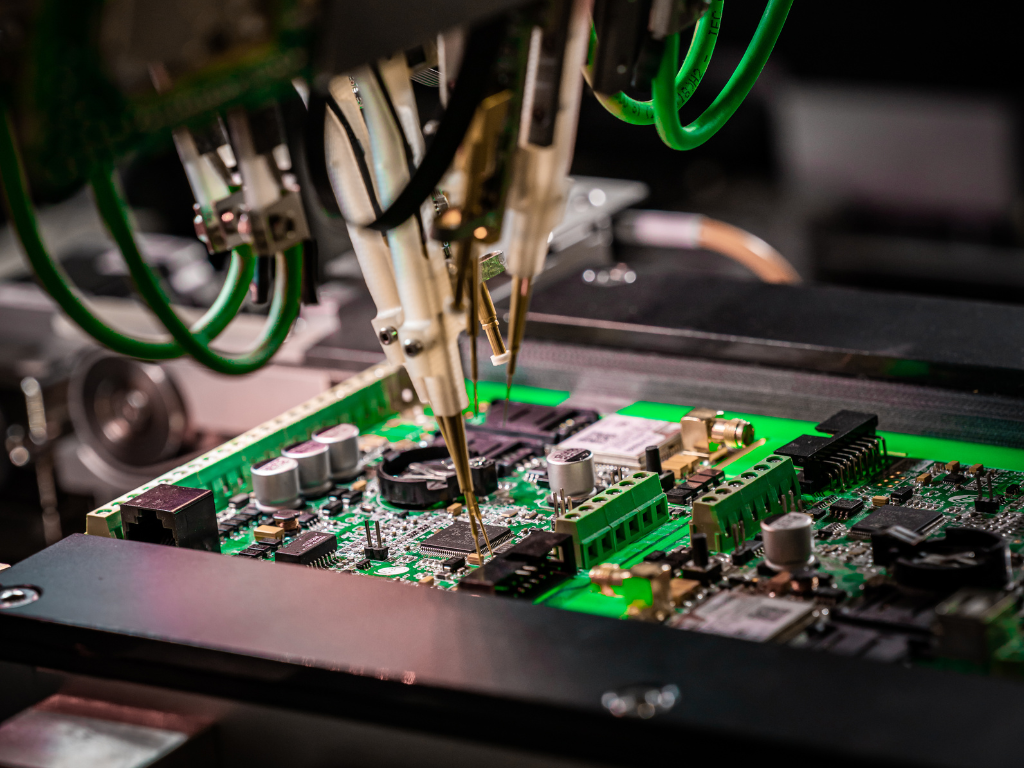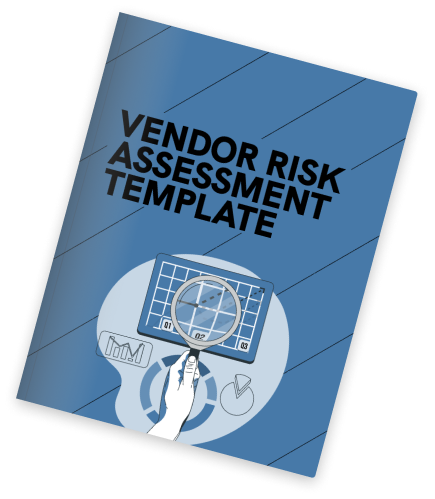
Against a backdrop of continual manufacturing supply chain constraints, worker shortages, and cybersecurity threats, managing third-party and vendor risk has become increasingly important for the manufacturing industry. As the world seeks to move past the chaos of the pandemic, businesses are seeking to bolster their resilience against future shocks by investing in digital transformation measures. An important component in increasing resilience in this industry is implementing thorough vendor risk management for manufacturers and curating an audit environment based on continuous due diligence. This means staying up to date with market trends, and risks pertinent to the manufacturing industry as a whole, but also monitoring events that may impact individual suppliers in your network. In this article, we discuss the prevalence of cybersecurity risks and how they pertain to manufacturers, and how these risks can be mitigated by setting in place a thorough vendor risk management program.
Behind healthcare, the manufacturing sector is the second most targeted industry based on the volume of cyber attacks. Small to medium-sized manufacturers are prime targets for cyber criminals, as they often have less developed preventive and mitigation measures in place. Because of this, it has become increasingly important for manufacturers to implement stringent information security protocols - not only due to the increased threat of cyber attack, but also due to increased pressure from governing bodies on manufacturers to manage supply chain risks.
Cybersecurity regulations are becoming more commonplace, and, as NIST notes, ‘the need to understand, mitigate and respond to increasingly complex cyber threats has become the cost of doing business.’ For example, there is now increased scrutiny towards how manufacturers with US government contracts handle controlled unclassified information, such as engineering data and drawings, specifications, and technical reports. As of December 31st, 2017, all federal government contractors are obligated to meet the Defense Acquisition Regulation Supplement (DFARS) minimum cybersecurity requirements. Failure to comply may result in a loss of contract, and any associated revenue – and this applies regardless of the size of the company.
Data breaches often result from human error, such as falling victim to a phishing email, giving away access credentials, or the compromise of a third party that has access to the target organization. When onboarding vendors into your supply network, it is crucial that your audit process is able to provide a full account of third-party cybersecurity practices and security measures, including cybersecurity training to prevent human error.
Cybersecurity breaches can be incredibly costly to remediate, especially in situations where intellectual property is stolen which then erodes competitive advantage. Risks of a breach are compounded from the misalignment of cybersecurity standards with supply partners or working with vendors with a poor history of compliance. Inadequate risk assessment processes can also cause supply failures, which then expose manufacturing firms to the risk of being unable to fulfill orders – losing revenue, disappointing customers, and damaging brand reputation.
Download our free vendor risk assessment template to ensure you understand how much risk you'll take on when working with a specific vendor and mitigate potential risks as much as possible.

Industry 4.0 refers to the current stage of industrial evolution in manufacturing. More specifically, it’s the interconnection of machines, people, and physical systems into an integrated digital ecosystem. This ecosystem subsists on the seamless generation, analysis, and communication of data, with automated machines taking action based on this data without the need for human intervention.
The Industrial Internet of Things (IIoT) and smart manufacturing is central to this new era of industry. Physical production processes are integrated with smart digital technology, machine learning, and big data to produce a more autonomous and digitized manufacturing environment. Previously discrete hardware and software systems are now connected, which creates efficiencies, but also exposes manufacturers to a host of cyber vulnerabilities. It is important that communications and cybersecurity be viewed as interlinked, rather than as isolated processes.
Production machinery and digital systems are now central to manufacturing operations, and so protecting your digital infrastructure from cyber intrusion is crucial to business continuity. Manufacturers are now more reliant on cloud services and digital automation, and a breach can result in a costly shutdown. In 2019, Pilz, a producer of automation tools, experienced a service outage lasting ten days following a ransomware infection. Servers and PC workstations were affected worldwide: email services were offline for three days, and restored in international locations after six days. Product ordering and delivery systems were offline for a week following the attack.
When enterprise companies are attacked, an average of 12,000 workstations are damaged, with 512 hours needed to restore full working status. It is crucial that these risks are managed effectively by thoroughly auditing vendors and third parties during the onboarding process, to ensure that cybersecurity practices are aligned, and compliance and regulatory standards are being observed. The vendor risk management process can be automated with a platform such as START to ensure that the onboarding process is standardized, the need for manual communication and data input is reduced, and important vendor data is centralized.
Cybersecurity challenges are no longer simply the domain of IT departments, but present important considerations for operations and leadership teams too. A crucial element in building your manufacturing firm’s resilience is continued due diligence and monitoring of the vendor environment. Each vendor will present a different level of risk to your firm, requiring ongoing diligence at varying intervals.
By regarding vendor risk management as an ongoing process rather than just an onboarding requirement, you can help your company to get ahead of any important vendor changes that may impact the level of risk that suppliers pose. For example, poor vendor financials may indicate a deterioration of the firm’s service levels to customers, which could then produce knock-on effects for your firm. Furthermore, points of contact at vendor firms may change, or senior leadership may be overhauled, signaling a change in vendor practices. Staying up to date with these changes helps increase readiness to mitigate any future shocks. By taking a longer term view of vendor behaviors, you will be able to paint a fuller picture of supplier practices and patterns of compliance. Be sure to continually re-evaluate vendor business continuity plans, disaster recovery plans, and information security protocols to reduce your firm’s exposure to risk.
Separately, building out a thorough vendor risk management program requires regular examination of your audit processes and standards. Audit your own onboarding processes to ensure they remain effective and adaptable. This will also help to ensure continued compliance with regulatory requirements. For more on this, read our guide to managing manufacturing industry vendor risk assessments . Building out a robust reporting system will help to ensure the onboarding process is fit for purpose, as well as working to keep stakeholders and leadership teams in the loop with the status of the vendor environment. The NISTIR 8183 publication provides a roadmap for implementing a cybersecurity framework, developed to align with the goals of the manufacturing sector, and industry best practices.
By implementing and standardizing your vendor onboarding processes as a manufacturer, you can mitigate potential cybersecurity risks and ensure potential partners are a good fit for business. Transparency and vigilance are qualities that can help to set manufacturers apart from their competitors – and maintaining a strong public commitment to security is important in building a trustworthy brand. Due diligence is an ongoing process, and it is important to remain mindful of your firm’s potential vulnerabilities in order to maintain a firm cybersecurity posture. To find out more about how START can help you automate the vendor risk management process to ensure it’s done right every time, get in touch today.